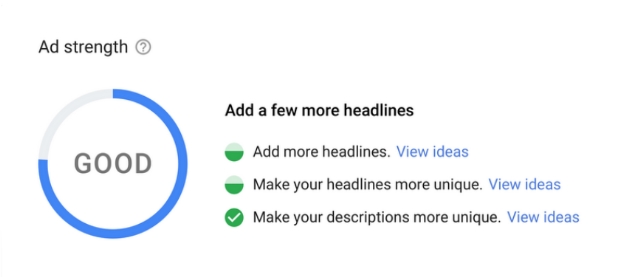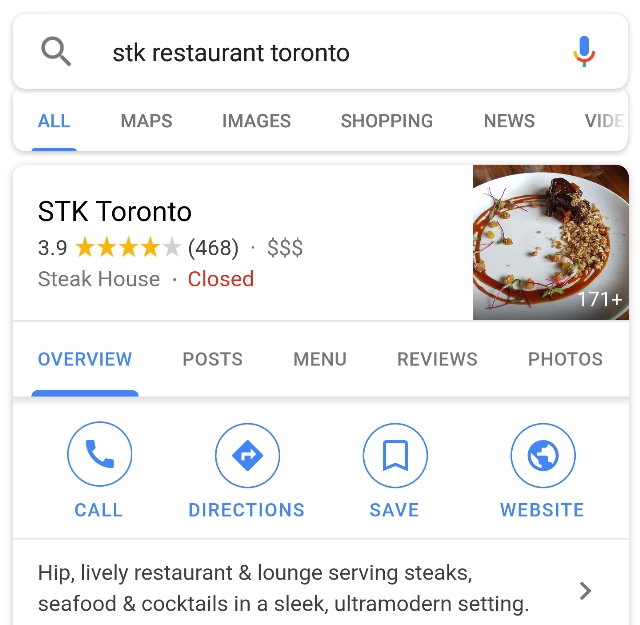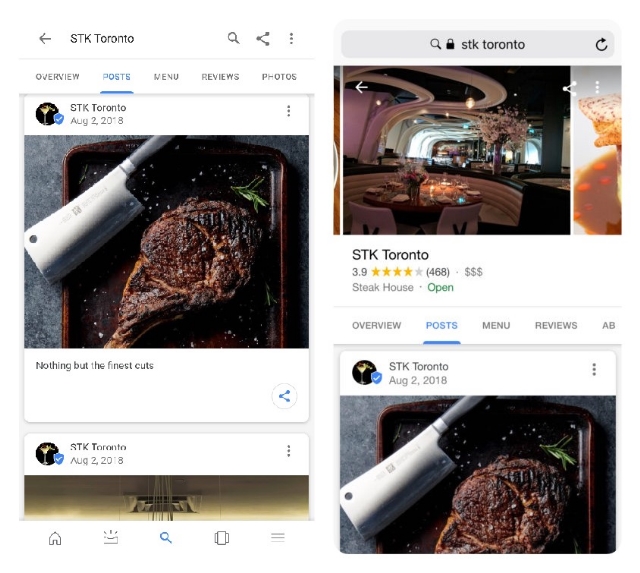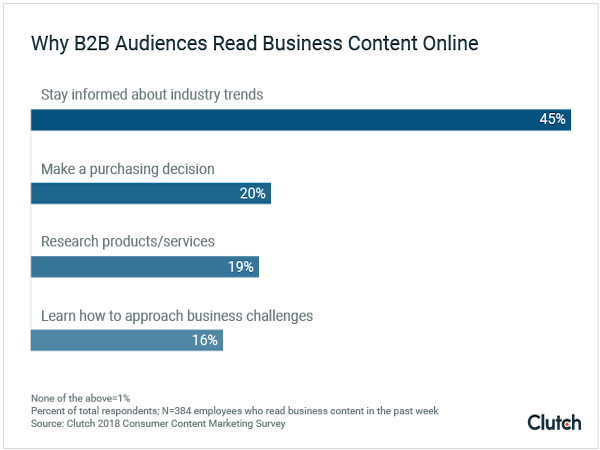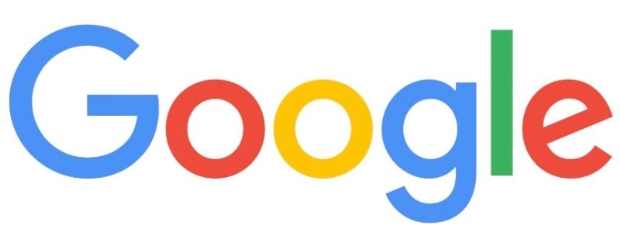
Not long ago, it seemed like every business website had a “Testimonials” page filled with reviews and references from either past-customers or fellow members of their industry. If you have a keen eye, though, you might have noticed these pages are slowly falling out of use in favor of posting your Google, Yelp, and other online reviews on your site.
The practice has led to some confusion, as many experts claimed putting your own online reviews from across the web on your site could be potentially dangerous for search engine optimization. There have even been suggestions it could lead to Google penalties.
Now, you can breathe easy and share your online reviews with pride, as Google webmaster trends analyst John Mueller has confirmed that it is totally fine to highlight your reviews on your company website – with one exception.
While posting your reviews on your website is acceptable, Mueller warns that you can not use review structured data on these reviews.
As Mueller explained on Twitter:
From a Google SEO point of view, I don't see a problem with that. I imagine the original is more likely to rank for that text, but if you use that to provide context, that's fine (it shouldn't be marked up with structured data though). Maybe an iframe/embed would work too?
— ? John ? (@JohnMu) September 5, 2018
“From a Google SEO point of view, I don’t see a problem with that. I imagine the original is more likely to rank for that text, but if you use that to provide context, that’s fine (it shouldn’t be marked up with structured data though).”
Mueller then went on to explain that review structured data is intended for reviews “directly produced by your site” and using them on third-party reviews on your own site would go against Google’s guidelines.



